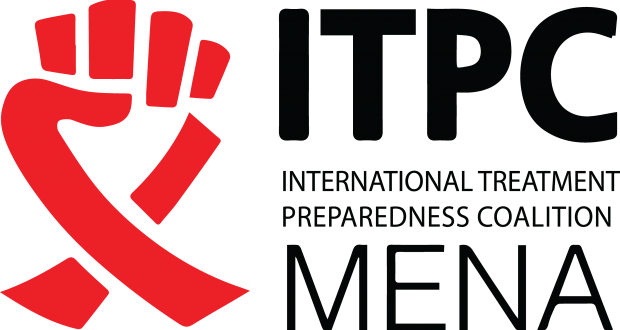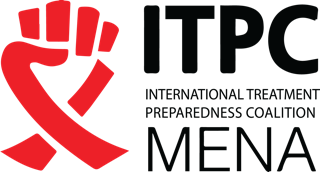
The HepC Pill Bill
Source : hepCoalition
The HepC Pill Bill-An insight into the availability, pricing and accessibility of HCV treatment
Introduction to Direct Acting Antivirals
Hepatitis C treatment has remarkably evolved over the years. The previously known standard HCV regimen consisted of a course of pegylated interferon injections and ribavirin tablets, which all in all were expensive, toxic, and needed 24 to 28 weeks to act. With the advent of new Direct Acting Antivirals (DAAs) in 2011, HCV regimens changed significantly. Sofosbuvir became the first drug to be approved for the new generation HCV treatment. DAAs have an edge over the previous medications, in the aspects of, being better tolerated and being more efficient in a shorter duration (90% cure rates after the first 12 weeks of treatment).
There are four classes of DAAs: 1) NS3/4A protease inhibitors 2) NS5A inhibitors 3) NS5B nucleotide polymerase inhibitors and 4) NSFB non-nucleoside polymerase inhibitors. They all block essential proteins hence effecting various phases of the HCV life cycle.
DAAs being highly safe and secure are unfortunately not available to all. The WHO estimates that just over 1 million people were effectively treated in 2016 in low- and middle-income countries, with more than half of them in Egypt alone.
Patents and access to treatment
Patented DAAs are those where the originator pharmaceutical company holds the exclusive right to sell the particular medication – this monopoly situation allowing them to do so at their own terms and conditions. Some companies adjust their pricing policies on basis of parameters such as Gross Domestic Product, which does not reflect whether people have access to medicine. This differential pricing policies has led to complex availability patterns across the globe. Paying for patented DAAs can present a huge ethical and financial implications for national health care systems and patients. Due to such constraints, in most countries, the treatment is limited to a certain group of the population or certain pre- agreed staging schemes of disease. Hence this puts the lives of many people at stake. Access to generic versions of DAAs, which cost as little as US$ 20 for 3 weeks, is therefore critical to ensure universal access to HCV cure.

Source: Report#2 mapCrowd, July 2016, http://mapcrowd.org/public/pdf/EN_mapCrowd_Report2.pdf
The World Trade Organization (WTO) Trade-Related Aspects of Intellectual Property Rights (TRIPS) Agreement, which contains international standard rules related to patents, clearly mentions that there is sufficient room for countries to restrict patent rights, especially when they pose major public health problem. Patent rights are territorial and only apply to the national territory once granted, national patent offices are in charge of granting or rejecting patent applications. Civil society and generic manufacturers can support rejection of an application – or invalidation of a patent – by filing patent opposition demonstrating that it does not fulfil patentability criteria. Even if a patent is granted, TRIPS Agreement allows countries to commission local manufacturers or import generic versions of patented DAAs under certain conditions, under the niche of Compulsory Licenses.
Patent oppositions – Filed by many NGOs and generic companies,allow for cross confirmation of the ‘patentability’ of the patent. Patent opposition contesting the patentability of Sofosbuvir have been filed in many countries, leading to the patent being rejected in Brazil, China and Ukraine. Other oppositions have been filed in Argentina,Russia and Europe
Budgetary restrictions and Formation of Clinical Guidelines
Mostly, the affordability and accessibility of a drug, determines the quality of care of a certain disease and furthermore also determines the formation of clinical guidelines. HCV treatment is restricted to those who have an advanced stage of liver disease in many countries. Brazil for example is an upper middle income country and has national guidelines stating that only HCV patients with F2 level or above of fibrosis are eligible for DAAs prescription. Hepatitis C is known to progress from acute form to the chronic form and hence cause Liver cirrhosis and Hepatocellular Carcinoma. The question is, is it fair to treat an advanced stage of disease instead of treating the disease in infancy? These restrictions in the clinical guidelines have vertically transcended from budgetary restrictions. Brazil was excluded from voluntary licenses and hence had limited access to treatment. Civil society in Brazil has recently opposed a key patent on Sofosbuvir leading to its rejection. This recent development could enable price reductions and treatment being available for the over 1.8 million people currently left behind by the restriction criteria.
Voluntary licenses – on leaving behind millions of people living with HCV in middle-income countries
Voluntary Licenses signed by originator companies allow generic firms to produce and market the medication, in return of royalties. Voluntary licenses exclude high-income and many middle-income Countries who are seen by originator companies as profitable markets, falling short of ensuring widespread access to these new drugs in middle-income countries where over 70 percent of people with hepatitis C live today. For example the voluntary license signed by Gilead exclude Countries like China (8.9 million), Brazil (1.9 million) and Thailand (0.9 million people living with HCV).
China has a GNI of 16.08 trillion USD, and hence it is an upper-middle income country. China also has over 8.9 million people living with HCV lacking access to DAAs, in spite of being the largest producers of the Active Pharmaceutical Ingredient (API), which is the central ingredient of many DAAs. China has been excluded from both Gilead and BMS voluntary licenses. It is also to be noted that there are still over 252 million people living on less than $2/day in China. It is unacceptable for countries to be excluded on the basis of their GNI and GDP both being financial indicators which are not reflective of access to health services. . It is also to be noted that there are still over 252 million people living on less than $2/day in China. In such a case, being subjected to the old therapy of interferon injections, which have both health and financial implications, is both unethical and unfair.










